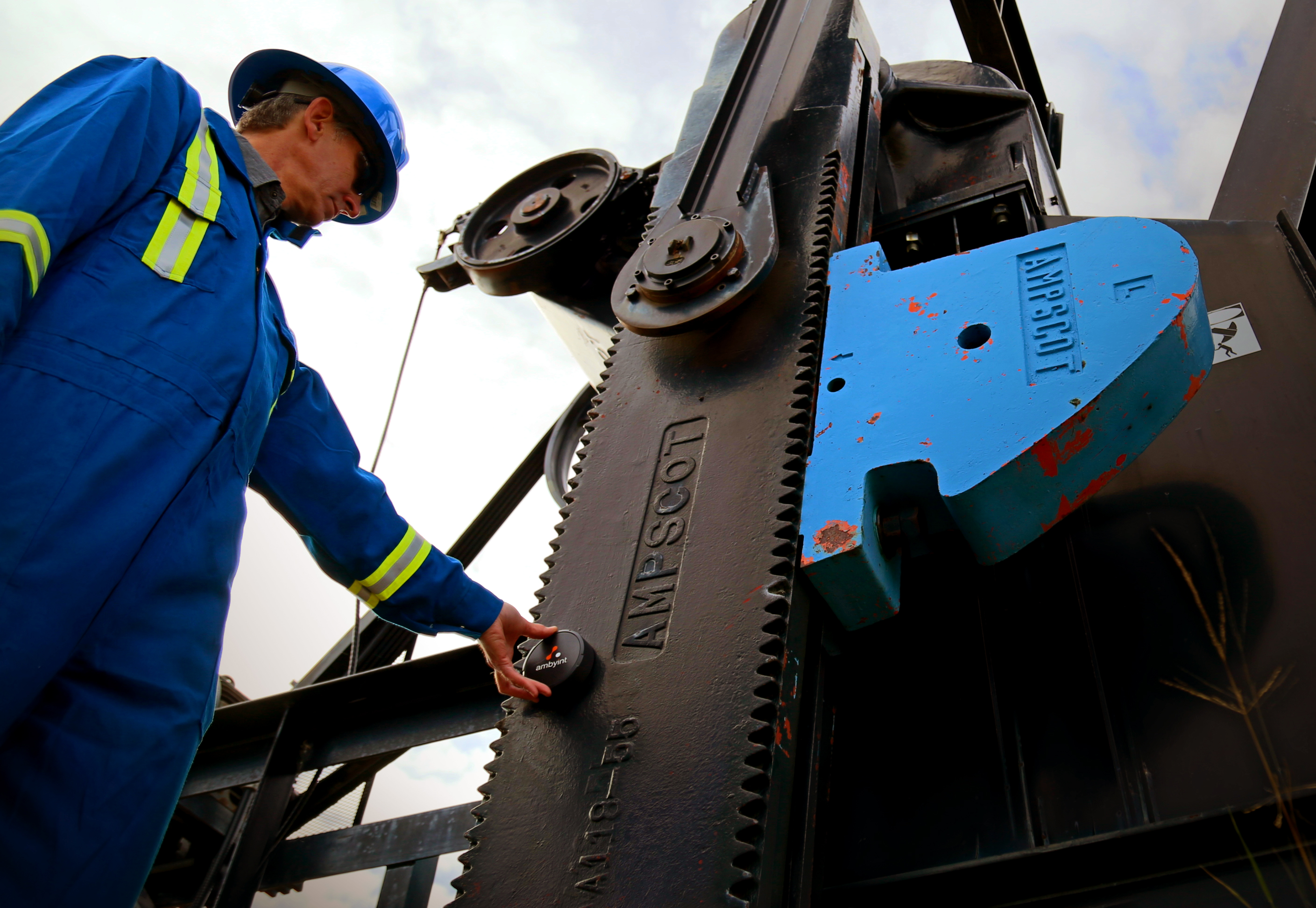The key to changing legacy industries with IoT is building deep over wide

Nav Dhunay, CEO of ambyint
It’s not hard to find a great Internet of Things (IoT) story these days. The intelligent connection of devices and machinery within homes and businesses is growing at an exceptional rate and is being matched by investment into the space.
Over the past six years, according to Global investment data from CB Insights, funding and deals to IoT start-ups have seen consistent year-on-year growth, almost doubling in the last three years alone. Looking closer, says Nav Dhunay, CEO of ambyint, what is interesting is that the percentage of total IoT funding going to new firms and technologies within the industrial IoT space – the IIoT – has been a continually rising for the last three years and is showing little sign of slowing down.
While the IIoT game and its players are still in their relative infancy, there are already two different approaches that innovators in the space are seemingly looking to take; those building ‘wide’ solutions and others going ‘deep’.
Deep or wide?
Wide solutions could be defined as those technologies or platforms developed to service an expansive group of general, non-domain specific, IIoT use cases; think cloud platforms and sensor and data analytics systems developed for a broad swath of industrial applications within, say, manufacturing, agriculture, retail, or others.
On the other side are ‘deep’ solutions, those developed by innovators with rich, industry-specific experience and an intimate understanding of its pain points. Deep solutions are developed to address and solve very specific industrial problems and, by doing so, demonstrate obvious value to a defined base.
Nowhere is this more valuable than within a legacy industry such as oil and gas.
The energy industry, as is the case with other heavyweights such as agriculture and healthcare, has historically been slow to adopt new technology. With it generally being seen as risky and costly to implement new systems, taking into account the purchasing of new hardware and/or software, disruption to existing operations, staff retraining, etc, resistance has been strong and reasons to stick with a status quo, easy to find.
The decline of the price of oil has, however, changed everything. With bulging profits seen while selling $100+ barrels of oil, the idea of oil producers readily adopting new technologies to shave costs by 10% often wasn’t considered a risk worth taking. With a volatile market and producers now selling at $40 however, 10% presents a potential lifeline, an opportunity to stay afloat at worst, at best, competitive and profitable.
Where there’s a will, there’s a way?
Even where there’s a new found ‘will’, the ‘way’ isn’t always obvious. Read any IT journal and there are seemingly innumerable ways that technology is coming to the aid of cumbersome and inefficient enterprises. Big data, intelligent machines, predictive and prescriptive analytics, cloud technology and connected devices are just some of the widely heralded examples and all have the potential to create step-change enhancements.
The catch is that real, tangible and demonstrable improvements are largely predicated on technologies being combined and leveraged in the optimal way for, what can be, nuanced industrial applications. The very best ‘deep’ IoT solutions are developed based on this understanding.
The value chain – from data collection to automated action
When it comes to data collected from machine mounted sensors, without analysis, it remains raw, unwieldy and inherently useless. The value it can deliver is dictated by the level of sophistication in the analysis it undergoes and, from there, how quickly and efficiently any gained intelligence can be implemented in order to drive efficiency, safety or productivity benefits.
This process of moving from raw information to intelligent insight and through to implemented action is, however, not straightforward. In many IoT use cases, especially Industrial, this staggered process may involve the coordination of several different (Wide) solution providers, each with singular responsibility for one aspect of the process; sensor integration, data collection, data transmission, data analysis and insight-based adjustments to hardware or processes.
Not only can this be a cumbersome process, it is inherently – and ironically – inefficient.
The essential dynamic of a ‘deep’ solution is that, while it might be highly complex in its actual design, it maintains a clear and simple focus on comprehensively solving a specific industry problem, from beginning to end. In the case of IoT and big data, this is the complete cycle from raw data collection through to automated action.
By entirely owning the cycle, the very best ‘deep’ solutions in the IoT space are able to concentrate on creating step-change improvements, in their chosen industrial environments, that are profound enough to allay the fears of even the most ardent skeptic.
The author of this blog is Nav Dhunay, CEO of ambyint
Comment on this article below or via Twitter @IoTGN

